How to Make Unpaper Towels: A Green Alternative to Paper Towels
Learn how to make your own unpaper towels, even if you have limited sewing abilities. It’s the green paper towel alternative.
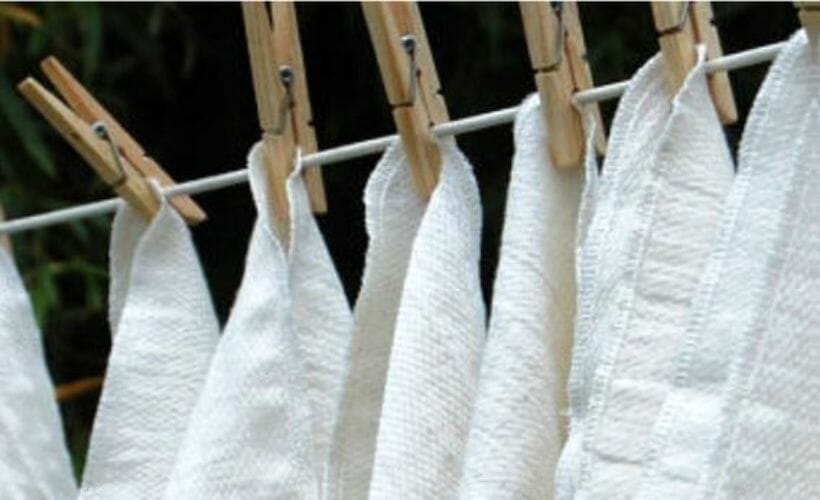
Paper products are one of the number one “wasted money” items we purchase. **Fear not, I do not suggest you rethink toilet paper – though some do.** Think about how much a roll of paper towels costs. It may not seem like much, but now think about how many you use in the course of the day. Do you try to save a few bucks by buying cheap or store-brand paper towels? Do you use quite a bit more because they don’t clean up as well? These are perfect replacements.
Are unpaper towels worth it?
Yes! Not only do unpaper towels help the environment, but they save money too! You can purchase pre-made reusable towels for $35 for a 20-pack, but you can save even more by making your own.
For just a couple of bucks, you can make 30 unpaper towels. And the best part? It requires no fancy sewing machine and takes almost no time. I just did another set of 30 in the time it took my toddler to watch “the pony movie” (Spirit). If you survived my less-than-technical harvest apron pattern, you should be able to handle this. No straight pins or serger are required.
How to Make Unpaper Towels: Instructions
Shop for Fabric
You want to purchase some flour sack towels. I find this is the best fabric for unpaper towels. They come in five packs and each towel measures approximately 28″ x 29″ which is complete overkill for a paper towel replacement. We are going to turn each towel into six towels, giving us 30 towels.
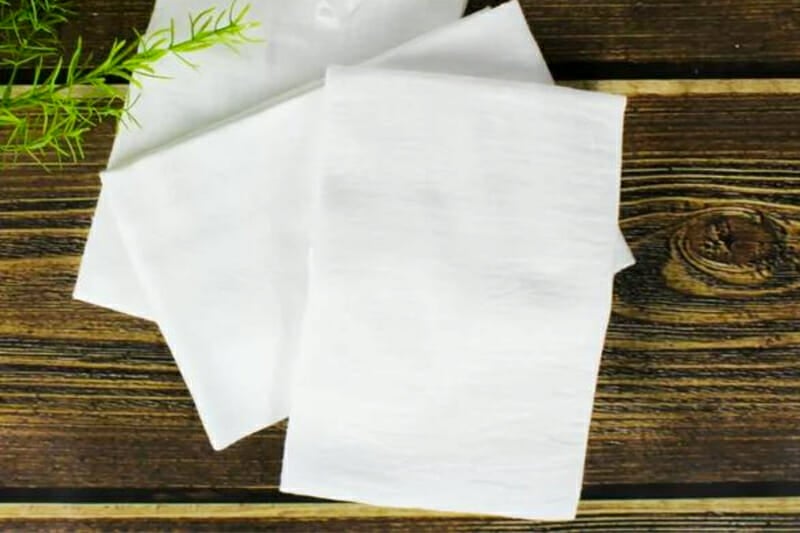
Fold & Cut: No Ruler or Cutting Mat is Required
Lay out your towel on a flat surface. You want it unwashed and somewhat flat (but again, no one is going to notice if it’s perfect or not). Next, you want to fold it in half with the fold on the longest side (one side is 1″ longer than the other side). Cut along the fold with scissors or a rotary cutter so you now have two long pieces. Jagged edges are completely acceptable.
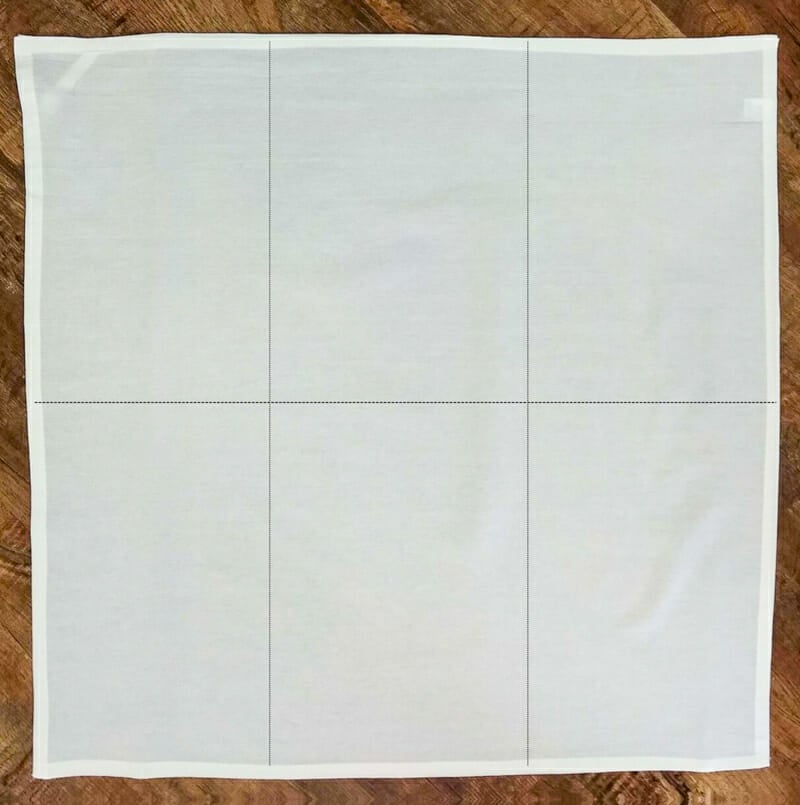
Cut Some More
Take your two long pieces and stack them on top of each other. Fold these strips into thirds. You then want to cut these folds. This leaves you with six towels of approximately the same size. Here is an optional step: You may choose to iron at this point. The edges curl a bit and can cause some issues when you stitch the sides. I personally never iron. It’s too much hassle with a toddler running around and only small windows of opportunity to sew.
Sew the Edges to Prevent Fraying
On to the sewing. I don’t have a serger or fancy sewing machine. I only have the basic functions. I knew I didn’t want to play around with pressing and hemming, so I decided to do a simple zigzag stitch so they wouldn’t unravel.
I did a test to see which zigzag had the best results, so I did one towel with a small and tight zigzag and a second towel with a wide 3-step zigzag. After washing, drying, and reviewing the results I decided to go with the small and fairly tight stitch.
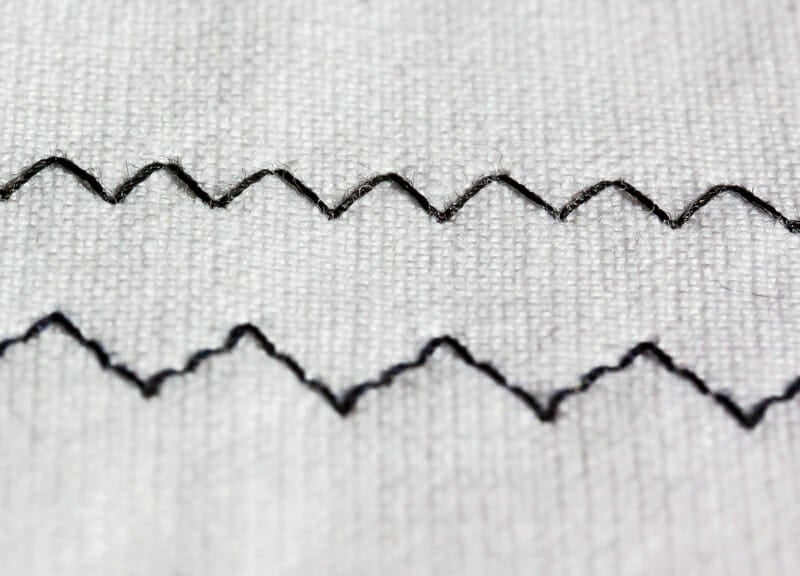
The key to sewing unpaper towels is to realize that your sewing job can be terrible and no one will ever know. Do not allow yourself to waste more than 5 minutes per towel. Once washed, the stitches and corners are not going to be seen. Put the pedal to the metal and run that sewing machine at full speed.
You will notice that some edges will already be “finished”. There is no point in re-sewing those parts. Just sew around the unfinished edge with the edge of the material as close to the outside of the zigzag as possible. If there is a huge amount of fabric on the outside of the stitch when you’re done, just trim it off a bit. Otherwise, we move on to the next step.
Wash to Get Rid of Stray Threads
The first few washes will provide threads. Just trim them off when you take them out of the dryer. When the unraveling reaches the zigzag it will stop. Learn from my experience here: Do not wash your towels with other stuff for the first few washes. I had threads all through my microfiber diaper inserts and my son’s flannel pajama pants. I actually suggest using a small laundry bag located in the kitchen to put your used towels and washing them separately.
How many unpaper towels do I need?
It all depends on how frequently you do laundry, but you only need a few available at any given time. A set of 10-12 is a great starting point to see if that works for you. Obviously, you will need to scale up if you have a large family.
As far as durability goes, the ones I made lasted about 2 years of many many rounds through the washing machine. By using white fabric, I was able to bleach them outdoors using the sun instead of using chemical bleach, which really helps with their longevity.
How to Use Unpaper Towels
You can use your new towels in the same way you would use regular paper towels. We use them as napkins at meals, to clean off counters, lint-free cleaning of electronics, dry our hands after washing, do daily household chores, and everything else you would do with paper towels! The only thing we don’t use our unpaper towels for is for draining grease from food.
How to Wash Your Unpaper Towels
- Machine-wash on medium or low heat on the delicate cycle.
- Try to avoid using fabric softeners to maintain maximum absorbency. Use vinegar instead.
- Air dry or machine dry on low heat and gentle setting.
If you’re going to line dry your towels, check out my tips for line drying like a ninja (and yes, you can dry them on the clothesline in the winter too).
Here are some small laundry bags that are perfect for hanging in the kitchen to keep your dirty unpaper towels in.
Putting Your Towels on an Empty Paper Towel Roll
I keep my unpaper towels in baskets around the house, but some people have figured out how to load empty paper towel rolls with them. I, personally, don’t have the patience to do that, but it is a cute idea. Simply roll your first towel around the cardboard roll, slide it up to the start of the next towel, and repeat. Once on the cardboard roll, you can keep them in a standard paper towel holder.
So are you ready to switch to unpaper towels? What are some other ways you’ve cut down on waste in your home?
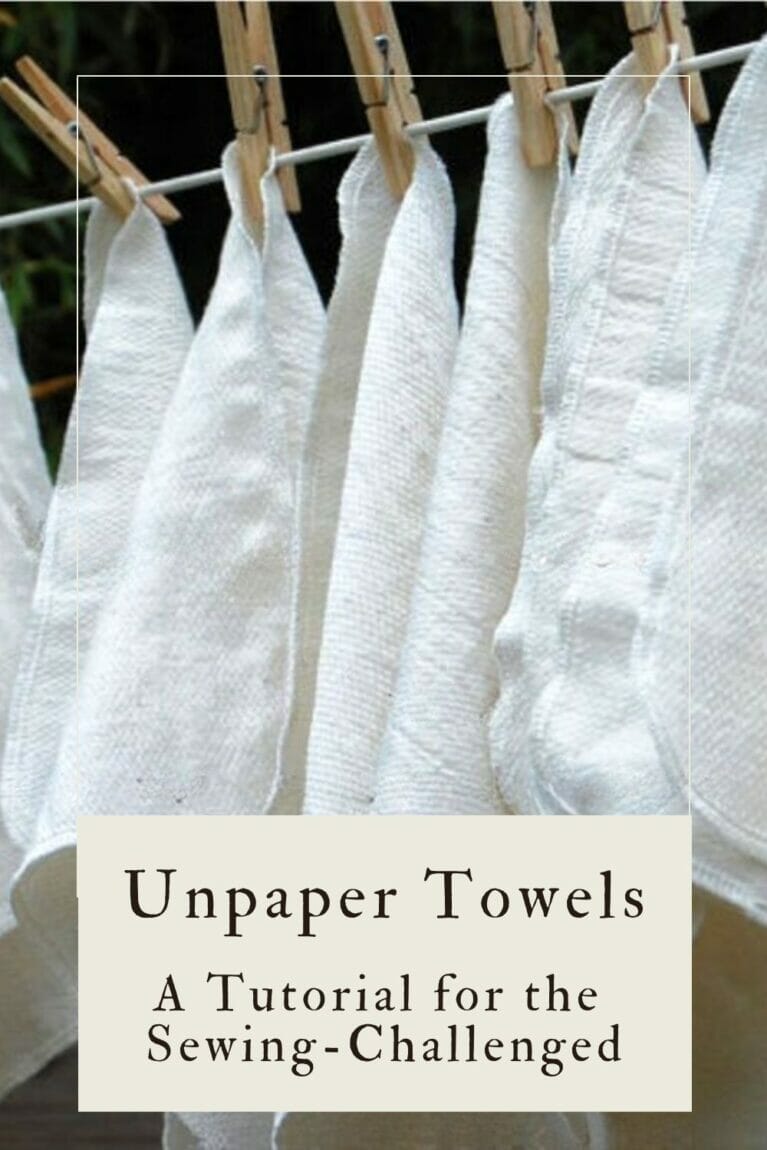

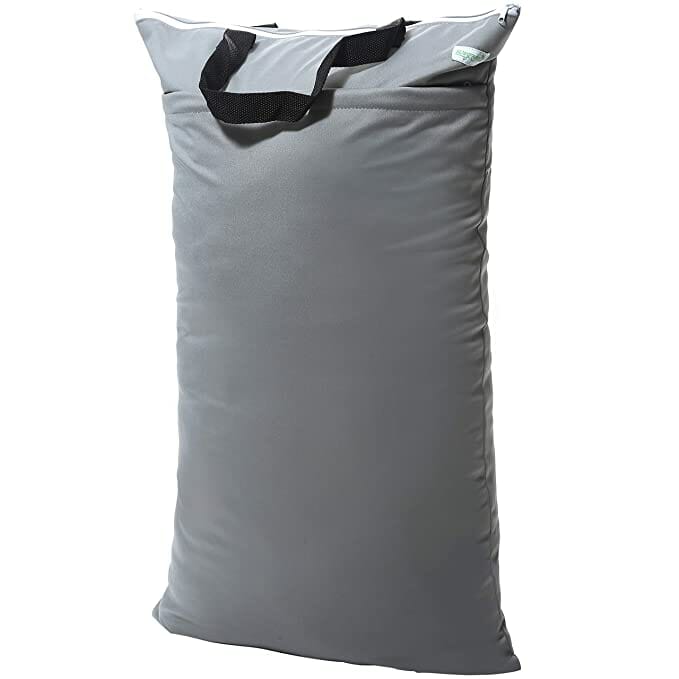
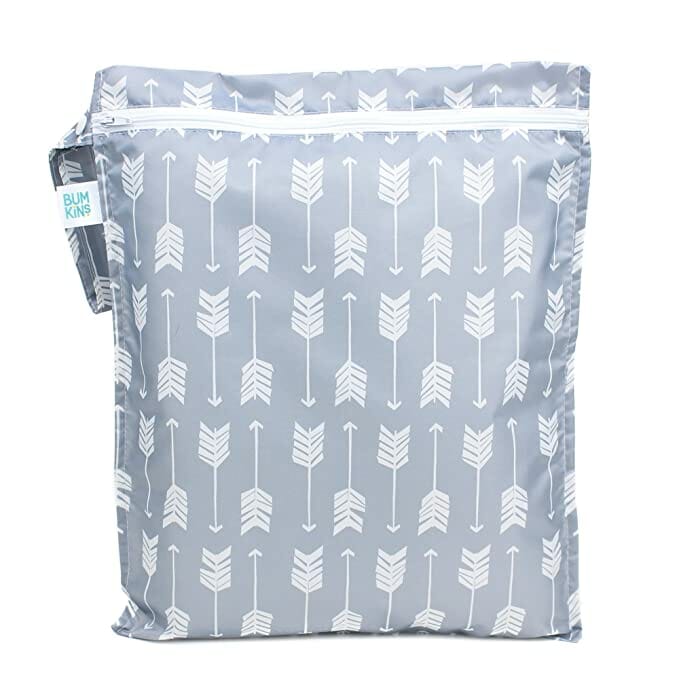
We plant trees specifically to make paper, although grasslands and wetlands are sometimes destroyed in this operation is making towels out of fabric that ends up in landfill better?
At least trees help the planet a little more.
It’s not so much that it’s BETTER, but that fabric towels can be used hundreds of times and many of us prefer multi-use over single-use.
I know this post is pretty dated, but I have a question! How long do the “un-paper towels” last? Is it something you have to re-buy the flour sack cloths and remake the towels pretty often, or more like once a year?
Oh man, they last for years!